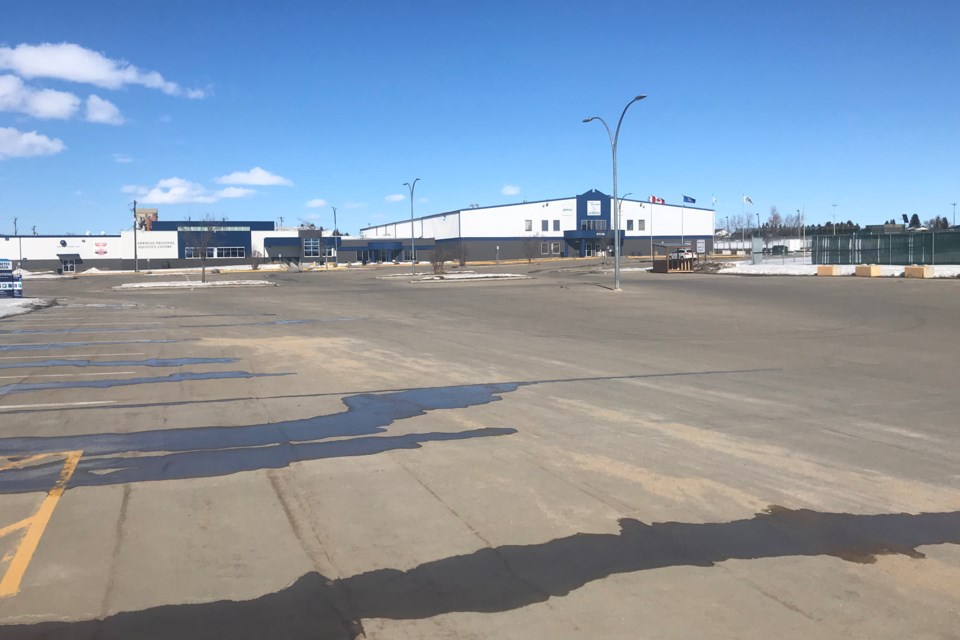BARRHEAD - Two cases of COVID-19 have been identified within the Barrhead area, according to a statistical map maintained by the Alberta government that indicates where cases have been identified.
Dr. Marcia Johnson, deputy chief medical officer of health, confirmed during a March 21 news conference that there are a total of 226 confirmed cases of COVID-19 throughout the province.
“We suspect that up to 16 of these cases may be due to community transmission,” said Dr. Johnson.
She noted 11 patients have required hospitalizations and six patients have been admitted to the Intensive Care Unit (ICU). One Albertan has died from the virus and three Albertans have recovered.
When asked about the two Barrhead cases, Dr. Johnson said she was unable to offer any details about them.
“At this point of time, the level of granularity, the level of detail that we want to get into about the … particular characteristics of (infected) people in general are limited to the geographic area,” she said.
The North Zone of Alberta Health Services — which spans across most of northern Alberta and encompasses Barrhead, Westlock and Athabasca — has a total of 16 cases. That equates to roughly seven per cent of all cases of infection throughout the province.
Besides the Barrhead cases, the statistical map at https://covid19stats.alberta.ca shows that four cases have been identified in High Prairie, three cases in Slave Lake, two in Bonnyville and one in Cold Lake.
While that only adds up to 12 cases, it is not clear where the other four cases have been identified.
Surprisingly, a slight majority of cases within the North Zone are men and women between the ages of 25 to 34. There is at least one case in each of the following demographics: men and women age 35-44, men age 45-54, men and women age 55-64, and men and women age 65-79.
Dr. Johnson reiterated the gratitude of chief medical officer Dr. Deena Hinshaw for all Albertans continuing to take the necessary steps to slow the spread of COVID-19.
“I know these steps may be particularly difficult on the weekend, when many of us would … be normally out and about with our family and friends,” she said.
Noting that many Albertans would be attending worship services on the weekend, she pointed out that church services can still go on, provided gatherings do not exceed 50 attendees and those who attend practice social distancing and proper hand hygiene upon entering and exiting buildings.
However, no matter what measures are taken at churches, anyone who is feeling sick or ill must not attend church services.
“I want to thank Albertans for continuing to prioritize the health of the most vulnerable members of our society by staying home whenever possible, practicing social distancing while you’re out and reaching out to your loved ones, who may be struggling with loneliness and isolation. Seniors may be in particular need of support during this time,” she said.
She also urged Albertans to warn their loved ones about scams relating to COVID-19.
“Please know that no one from Alberta Health or Alberta Health Services will be calling or asking for Social Insurance Numbers, credit card numbers or banking information,” she said.
When asked by a reporter about large numbers of people who are going out to parks, Johnson hinted there may be additional measures announced in the coming days that would allow public health inspectors to monitor large groups, restaurants and businesses, as well as new powers for police to deal with people not following recommendations around social distancing and hand-washing.
“I think that people being outside is a probably good strategy just to get out of the house, but you do have to maintain social distancing from people that you don’t normally live with,” she said.



